More NBN deals
A decade after it was first announced and the NBN rollout has been declared complete, so the vast majority of Australians now have access to the National Broadband Network in some form.
Here, we’ll drill down on the best NBN plans currently on offer, whether you’re looking for the most affordable option, the highest speeds or the best overall value. Click the links below to jump ahead to the speed you’re after:
Current NBN deals
We’ve detailed our plan recommendations below, but before we get into that, we want to highlight some great deals that are currently available on NBN plans:
- Tangerine: save AU$15p/m for 6 months on NBN 25, 50, 100 and 250 plans (from AU$44.90)
- Telstra: save AU$10p/m for 6 months on NBN 50, 100, 250 and 1000 plans (from AU$80)
- Optus: save AU$10p/m for 12 months on NBN 100 + entertainment plans (from AU$89)
- Internode: save AU$20p/m for 6 months on NBN 50 plans (from AU$59.99)
- Superloop: save AU$15p/m for 6 months on NBN 100 plans (from AU$74.95)
- Superloop: save AU$20p/m for 6 months on NBN 250 and 1000 plans (from AU$99.95)
Best NBN plans
We’ve compared all NBN plans currently available and picked the best plan for each speed tier below.
There are a couple of caveats you should consider when it comes to the high-speed NBN 250 or NBN 1000 plans. These tiers are only available on two types of NBN connection – fibre-to-the-premises (FTTP) and hybrid fibre coaxial (HFC).
With NBN 1000 plans, while all FTTP connections can sign up for 1000Mbps, that speed will only work with a select subset of HFC installations – estimated to be roughly 7% of the total.
Best NBN 50 plan
The best option for most users
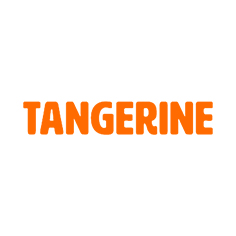
After facing some serious competition from Spintel last month, Tangerine has snatched the 'Best NBN 50 plan' title back with this choice deal. The internet provider is now slashing AU$15 off the plan each month for six months, so you’ll pay AU$54.90 each billing for the first half of the year. Tangerine offers a typical evening speed of 42Mbps on this plan – not bad for the cheapest NBN 50 plan on the market.
Total minimum cost is AU$54.90View Deal
Best NBN 100 plan
Our top choice for multi-user households and those who want a bit more speed
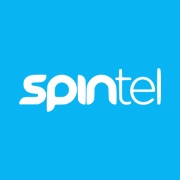
Spintel has edged out Tangerine this month with the best (and cheapest) NBN 100 plan we can find. You’ll get a discount on your first six months with the service, so you’ll first pay AU$74 a month before the price reverts back to the standard AU$84.95. Even once the initial discount ends, it’s still one of the cheapest options you’ll find in this tier. For the price, you’ll be getting a solid typical evening speed of 90Mbps.
Total minimum cost is AU$74View Deal
Best NBN 250 plan
If you need ludicrous download speeds, this one's a goer

Tangerine has recently dropped the introductory price on its NBN 250 plan, so you’ll now pay AU$104.90 a month for your first six months with the service – better than the previous price of AU$109.90. After the initial discount, your bill will revert to the usual AU$119.90 monthly cost. It promises to deliver a typical evening speed of 205Mbps – a significant jump over NBN 100 plans. Note that the plan is only available on FTTP and some HFC connections.
Total minimum cost is AU$104.90View Deal
Best NBN 1000 plan
The fastest you can get, but only available in select locations
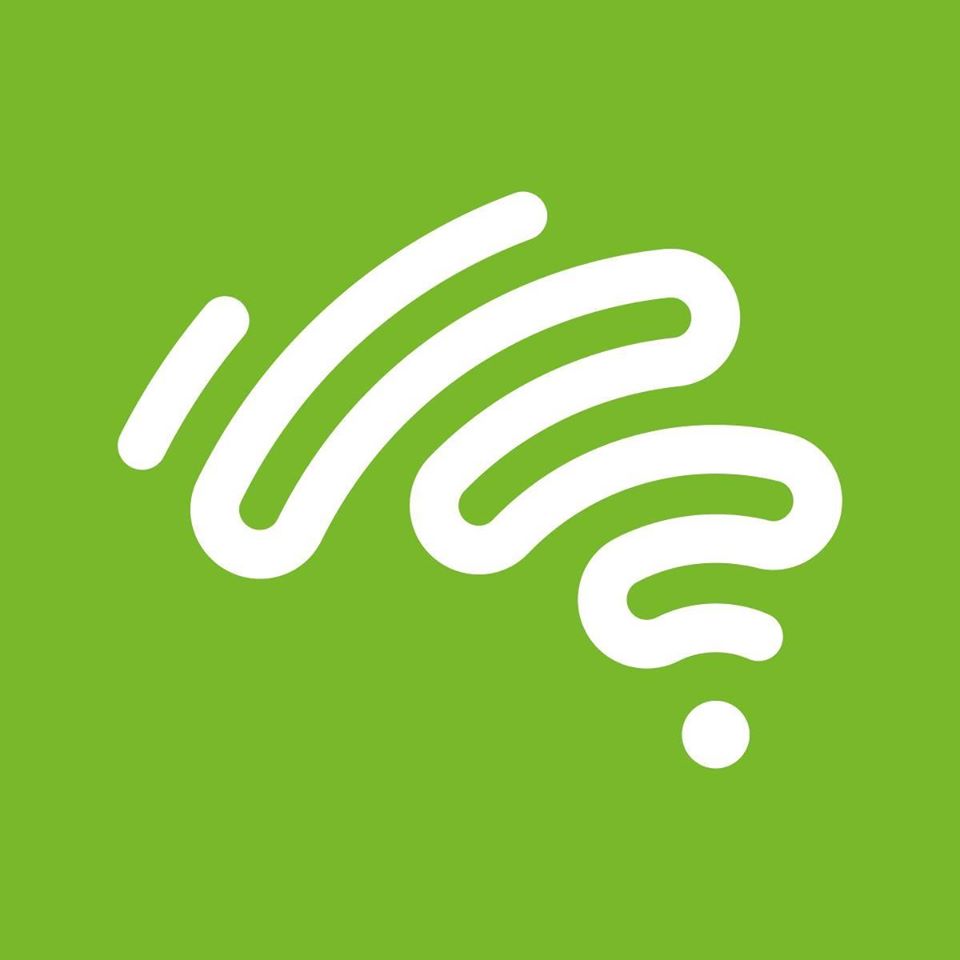
Aussie Broadband | NBN 1000 | Unlimited data | No lock-in contract | AU$149p/m
Aussie Broadband doesn’t have the cheapest NBN 1000 plan, but it’s fair to say the telco has a good reputation among its customers, which is part of the reason we’re recommending it here. For download speeds of up to 1Gbps and upload speeds approaching 50Mbps, you’ll pay just AU$149 a month. Aussie has rightly cautioned potential customers that it’s yet to determine definitive numbers on peak evening speeds, though it’s put forward 215Mbps as its baseline, so you’ll at the very least get that.
Total minimum cost is AU$149View Deal
Best NBN plans: major telcos
If you’re looking for an NBN plan from one of Australia’s three major providers, these are our plan recommendations:
Best Telstra NBN plan
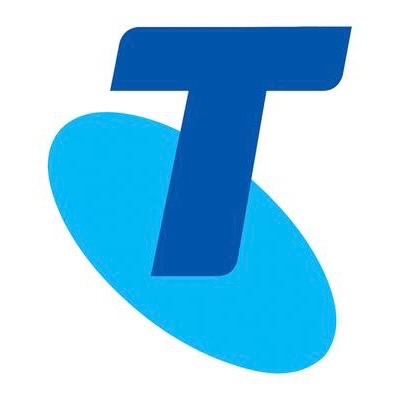
Telstra | NBN 50 | Unlimited data | No lock-in contract | AU$80p/m (first 6 months, then AU$90p/m)
This is a rare – though admittedly small – discount on Telstra’s NBN 50 plan. New customers will get a six-month welcome discount, which will save you AU$60 in total on the premium NBN plan. You can expect unlimited data with typical evening speeds of 50Mbps – enough for the average household looking to stream in HD, and enjoy responsive gaming. Sign up online to have your connection fee waived, and stick with the service for 24 months to get the Telstra Smart Modem for free (usually AU$216).
Total minimum cost over 24 months is AU$2,100
Not the right plan for you? Check out our full comparison of all Telstra’s NBN plans.View Deal
Best Optus NBN plan
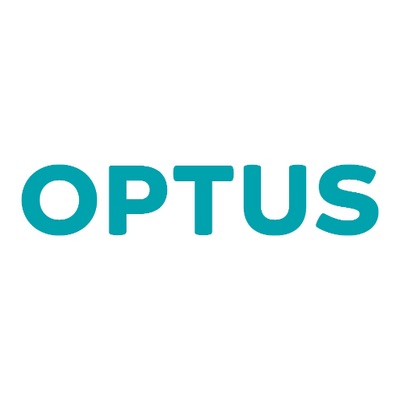
Optus | NBN 50 | Unlimited data | No lock-in contract | AU$75p/m
If you’re looking to go with a trusted telco, but are hoping for a competitive price, then this NBN 50 plan from Optus offers value for money. For AU$75 a month, you’ll get unlimited data and typical speeds of 45Mbps during the busy evening period. Optus Sport is also included as standard, and the telco’s modem comes with 4G backup. You’ll need to pay a AU$99 start-up fee, but if you stick with Optus over 36 months, you won’t have to pay for the modem (usually AU$252).
Total minimum cost is AU$327View Deal
Best TPG NBN plan
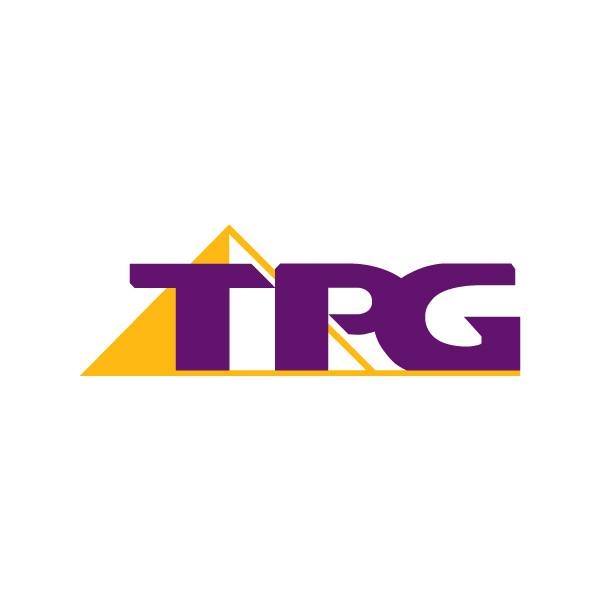
TPG | NBN 50 | Unlimited data | 6-month contract | AU$69.99p/m
TPG is a favourite for delivering solid, reliable speeds at a bargain price. The ISP typically ranks well in the Australian Competition and Consumer Commission’s (ACCC) quarterly report, delivering typical evening speeds of 48Mbps. If you sign up for six months, TPG will waive the usual AU$99 setup fee. However, note that a AU$10 modem delivery fee applies. While this plan is much cheaper than what’s on offer from the big telcos, be mindful that you could face a contract payout fee of up to AU$350 if you decide to leave early.
Total minimum cost over 6 months is AU$429.94View Deal
- Telstra vs Optus NBN: who has better broadband?
More NBN deals
- Want to see other broadband options? You can use our broadband plan finder to compare a huge range of Australian NBN, broadband and cable plans!
NBN FAQ
NBN connection types: what you need to know
Australia’s NBN was first proposed as a high-speed network of fibre-optic cable that would reach every home in the country. Following a change in government, that’s not what we've ended up with, with the final rollout combining a mix of old and new technologies.
While the NBN is made up of a multi-technology mix, it’s important to know that you don’t have a choice in what technology is available to you. Different connection types have been built in different areas, so it’s entirely dependent on where you live. Below, we lay out the connection types across the network, and what they mean.
Fibre-to-the-premises (FTTP)
FTTP is a fibre-optic line that runs directly to your home, and therefore is the best type of connection you can have. It requires a device to be installed in your home, and is what was originally intended for every household in Australia when the NBN was first announced.
Fibre-to-the-building (FTTB)
An FTTB connection is most commonly used for connecting apartment blocks and similar buildings to the NBN. In this instance, a fibre-optic line runs to the building’s communications room, and existing technology such as copper wiring is used to connect each apartment from there.
Hybrid fibre coaxial (HFC)
An HFC connection uses existing pay TV (Foxtel) or cable network as the final connection to households. The HFC line will run from your home to the nearest available fibre node.
Fibre-to-the-curb (FTTC)
FTTC is when the fibre-optic cable extends a little closer to your home by connecting to a distribution unit located outside on the street. From there, it uses the copper phone line to run the last leg into your home.
Fibre-to-the-node (FTTN)
The majority of Australian households – around 4.7 million – are using FTTN technology. This connection type uses existing copper phone wire to make the final connection to the home from a central node in your neighbourhood. The distance of your home to the node will affect the average speeds you can reach, so if your home is more than 700m from the node, it’s not advisable to choose an NBN 100 plan.
Fixed Wireless
Fixed Wireless connections are used to reach regional and remote areas. Homes in these areas will access the NBN from a transmission tower through an antenna installed on their roof.
Sky Muster satellite
The NBN’s Sky Muster satellite technology is also used to reach regional and remote communities. It requires a satellite dish to be installed on the premises, to which the NBN is received through satellite.
Other factors to consider
It’s important to note these recommendations do not take into consideration other factors which could make certain deals a better option for you. For instance, do you already have a Telstra or Optus mobile plan and home phone line? If so, sometimes combining them with their respective NBN plans could save you some money.
When applying for a new NBN deal, make sure you’re not already signed up to a contract you can’t get out of – most contracts are on 12 or 18 month terms, so it’s important to contact your current provider before committing to anything else.
Another thing worth noting is some services may not be available in your area. If a particular deal seems good to you, head over to the provider’s website to find out if it’s available at your address.
from TechRadar - All the latest technology news https://ift.tt/3rUNKmx
No comments:
Post a Comment